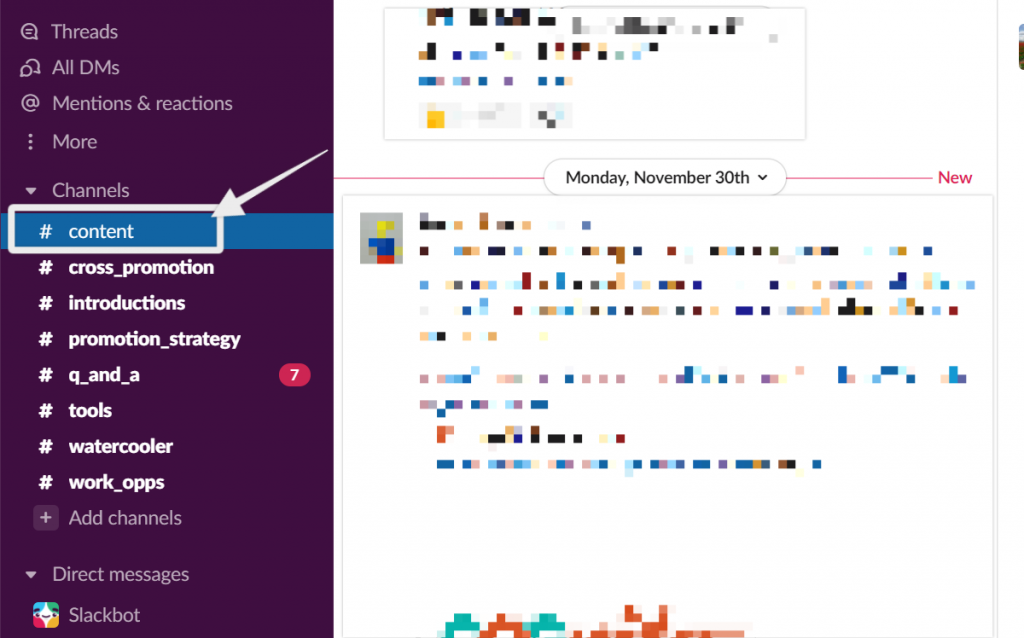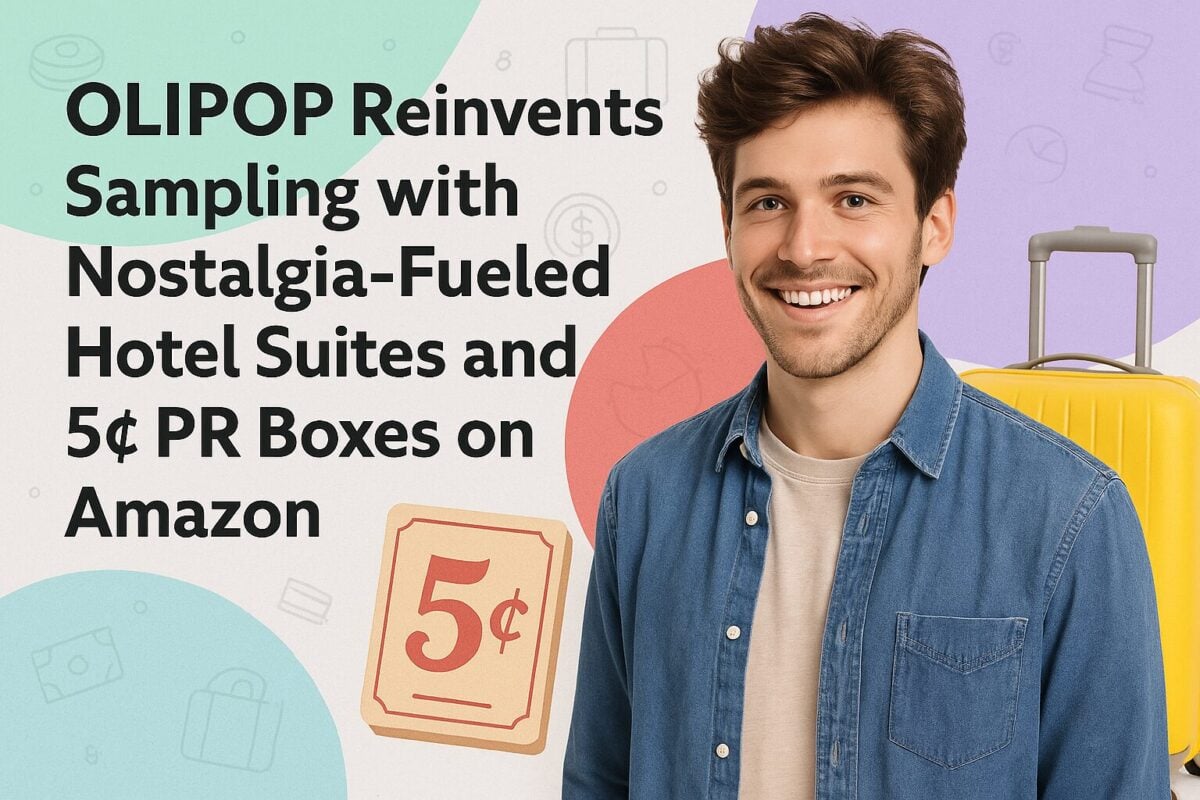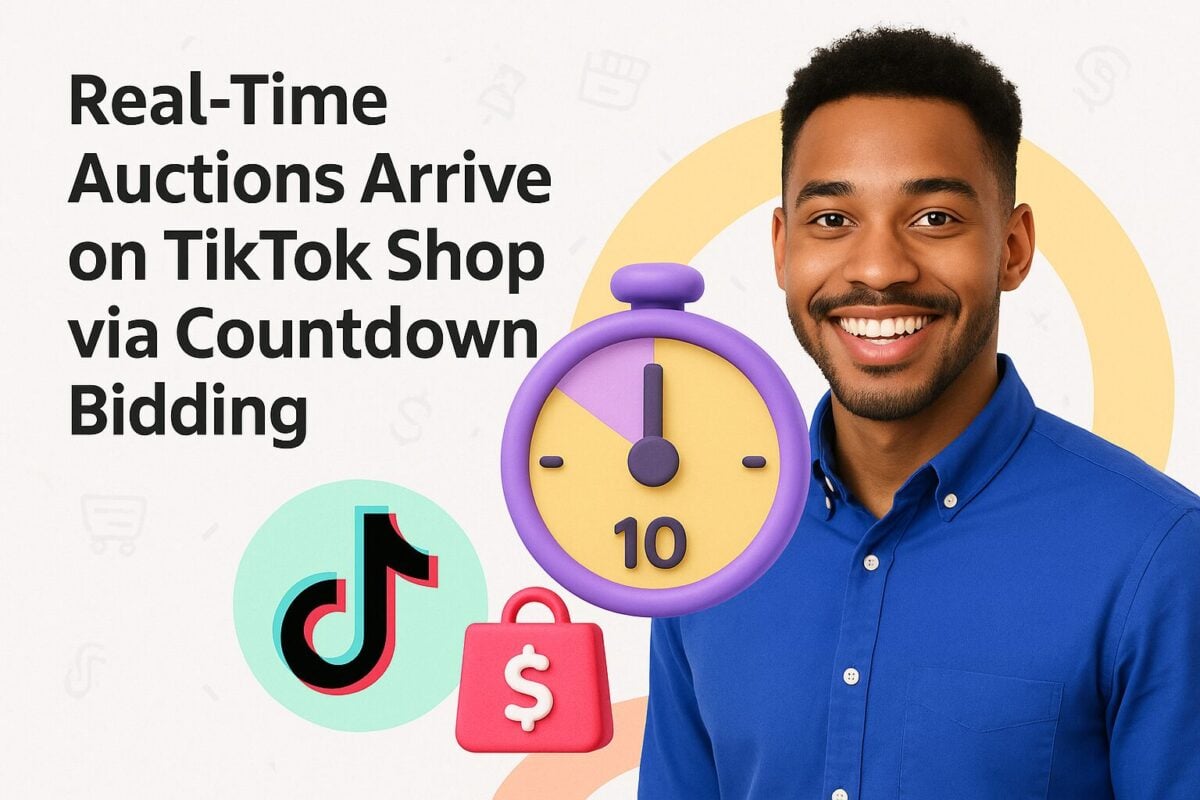According to LinkedIn, 94% of B2B Marketers use the platform as their primary content distribution channel. More than 50% of social traffic to B2B websites and blogs comes from LinkedIn. In general, most B2B marketers (79%) will agree that LinkedIn is an effective marketing channel.
Suppose your marketing and sales teams are already active on LinkedIn and are generating leads. In that case, there's a simple and effective way to get more traffic, brand awareness, and leads from LinkedIn. It's by leveraging your employees’ social media presence and having them share and promote your content. This strategy is called employee advocacy.
However, most Marketing teams struggle to get their employees to participate in an employee advocacy program and getting them to share content on LinkedIn.
If you’re facing the same challenges, this post will cover three common reasons why your employees aren't sharing content on LinkedIn. We’ll also share ten useful tips to encourage more participation in your employee advocacy program to ensure sharing content on LinkedIn is frictionless for your employees.
10 Tips To Help Encourage Employees To Share Your Content on LinkedIn:
- 1. Demonstrate the Benefits to Employees and The Company
- 2. Create a Social Media Policy
- 3. Provide Training on Optimizing Their LinkedIn Profiles
- 4. Set up the Employee Notifications Feature on your Company LinkedIn Page
- 5. LinkedIn Teammates Feature
- 6. Ask Employees for Content on Your Company LinkedIn Page
- 7. Make it Easy to Share Content
- 8. Email Newsletter with Content
- 9. Distribute Content to Employees via Employee Communication Tool
- 10. Make it Easy for Them to Get Involved
3 Reasons Why Your Employees Aren’t Sharing Your Content
1. “I Don’t Have Enough Time to Share Content”

Source: pexels.com
Your employees already have a slew of daily tasks, projects, and responsibilities. Naturally, their attention and focus will be on those tasks.
As a result, it can be challenging to convince them to take time from their busy schedules and dedicate it to sharing content on LinkedIn. Many employees might view social media at work as something that distracts them from their core functions. Hence, they might ignore it altogether.
With proper training, relevant content and the right technology — you can reinforce to your employees that content sharing on LinkedIn isn’t a time-intensive task.
The most successful employees who use social media understand how important it is to build a daily routine. For example, Valeria Savani van Woerkom of Covance says she schedules her social media usage during the morning, lunchtime and then the evening. This way she can plan her day and allocate time for social media during work.
2. “I’m Uncomfortable Using Social Media”
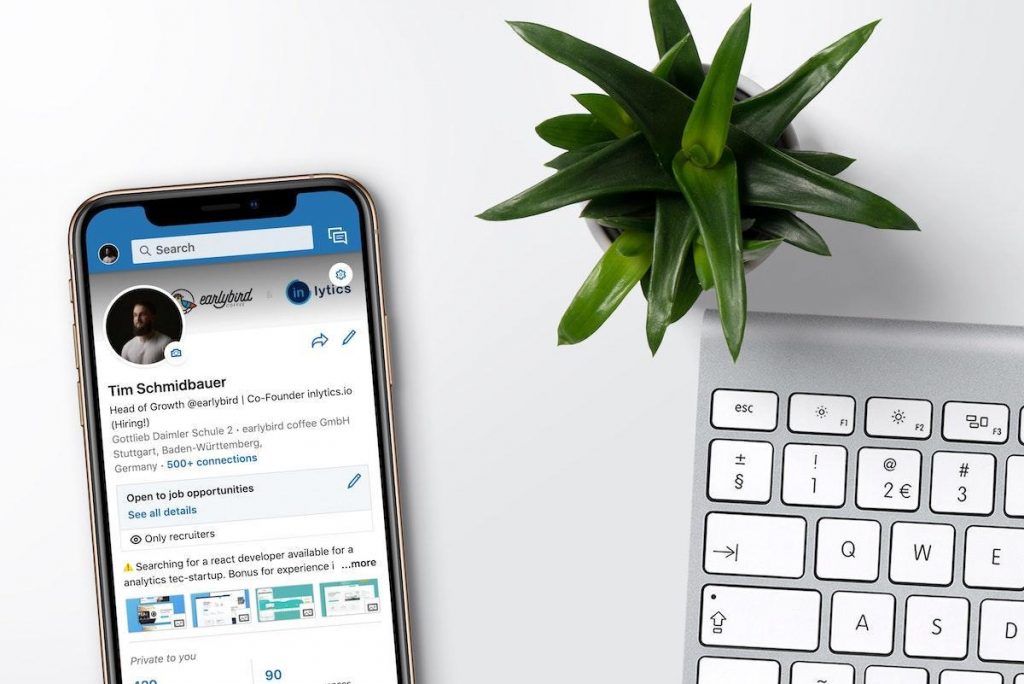
Source: unsplash.com
Most employees aren’t sure if they’re allowed to use LinkedIn at work. They’re uncomfortable sharing on LinkedIn because they aren’t sure of their company's social media policies. Some don’t want to get in trouble with their managers or the HR team for posting the wrong thing.
The fear is even higher in regulated industries such as Healthcare and Financial Services. There could be severe financial and professional implications if employees share the wrong content or message.
Even if your company might not have any social media policies, your employees may not be sure what to share and when.
3. “I Can’t Find The Right Content”

Source: unsplash.com
Your employees will not share your content if they don’t find it valuable. You might have created a comprehensive library of content, but if it's not relevant to their roles, it's less likely to be shared.
For example, Sales teams will not be as excited to share technical content as your Engineering team. Ideally, Sales reps will want to find and share content that their audience (clients, prospects, and decision-makers) would find valuable.
Likewise, your leadership team will be more interested in sharing thought leadership content, company news, milestones, or publication features.
10 Tips to Encourage Employees to Share Your Content on LinkedIn
We just looked at all the possible reasons why your employees are not promoting your company content on LinkedIn. Here’s how you can overcome these hurdles and get your employees enthusiastically engaged in sharing your LinkedIn content.
1. Demonstrate the Benefits to Employees and The Company
As marketers, we undoubtedly know how beneficial LinkedIn is. However, it's unlikely that the rest of your company understands the benefits as well.
First, they have to understand how it will benefit the entire organization. By being active on LinkedIn, your company's brand presence will be more visible, and this in turn will attract the right partners, customers, and employees. Sharing on LinkedIn will help promote the strong company culture you already have in place to the rest of the world. It will also help attract quality future employees who will fit with the existing culture.
Next, it's essential to explain the positive impact of LinkedIn content sharing for each group or department:
- For Marketing Team: More leads, more brand awareness, more website visitors, lower customer acquisition costs.
- For Sales Team: More conversations with decision-makers, more potential opportunities, increase in their sales pipeline.
- For HR Team: Attract more employees, lower cost of hiring, faster time-to-hire.
- For Leadership Team: Increase brand awareness, boost revenues, impact on the bottom line.
Finally, explain the professional benefits for each employee when they actively share content on LinkedIn. It can help them build a strong personal brand, increase quality connections, and grow their careers.
Everyone's favorite radio station is WIIFM (What's In It for Me?). When you connect the dots between sharing on LinkedIn and the personalized benefits — they are more likely to participate in your program.
2. Create a Social Media Policy
Around 63% of employees state that their employers do not have a social media policy. Not having clarity on whether they can share or what to share can often discourage participation.
Companies that have had success in encouraging their employees to share content have established and clear-cut social media guidelines. It helps your employees understand how they can use LinkedIn professionally in the workplace. It also avoids any confusion about what's allowed and what's not.
Here are a few things to consider when creating corporate social media guidelines:
- Legal and Confidentiality: Employees should know what information should not be shared outside the company.
- Disclosures: Employees should know whether they need to share any disclosures when sharing content from your company blog.
- Hashtags: Your employees should know the recommended hashtags that they can use when sharing content on LinkedIn.
- Brand Voice and Tone: Is there a corporate tone or language that they should follow?
These are just a few of the things to consider. The goal of a social media policy is to empower them with the right knowledge. Once your employees know what and how they can share on LinkedIn, they will be ready to promote your content.
Once created, make sure to inform your employees. Make it easy for them to find and refer to the corporate social media policy. Provide training sessions on your social media policy both for new hires and existing employees.
For inspiration, here are the social media policies from some of your favorite brands such as Intel, BestBuy and Adidas. Intel keeps theirs short with 3 simple rules of engagement:
3. Provide Training on Optimizing Their LinkedIn Profiles
Only 40% of LinkedIn's 722 million users use it daily. However, only 3 million (less than 1%) share content once a week. That's much lower than other networks such as Facebook, Instagram, Twitter. Also, only 50.5% of LinkedIn users have a complete profile.
One of the main reasons could be that people use LinkedIn during their job search. So once they find a job, they stop using it.
By providing the right guidance, you can encourage them to be more active on LinkedIn. The first step is to provide training on how to create a professionally-optimized LinkedIn Profile.
Here are a few items on their LinkedIn Profile that you can train them to update:
- A professional profile photo.
- Title or role at your company.
- A strong headline.
- Professional summary.
- Relevant skills and recommendations.
4. Set up the Employee Notifications Feature on your Company LinkedIn Page
Suppose your LinkedIn company page is already actively sharing content on LinkedIn. In that case, use this simple hack to boost your engagement on LinkedIn.
It's the Employee Notifications feature. This feature allows you to notify your employees about your latest company posts automatically.
Each time you post a new update on your LinkedIn page, you have the option to notify your employees. Once you click the "Notify Employees" button, all your employees will be notified.

Source: thinkbespoke.com.au
Your employees can then like, comment, or share this company update. As the article gets more engagement from your employees, it then reaches their individual LinkedIn networks and gets more engagement.
5. LinkedIn Teammates Feature
A relatively new LinkedIn feature, "Teammates" helps users stay on top of updates from their managers and colleagues’. According to studies by LinkedIn, users are 60% more likely to interact with content from their coworkers than their other connections.
The "Teammates" features allow LinkedIn users to find and add coworkers to their LinkedIn profiles quickly. They can then specify who that contact is -- their manager, their colleagues, or their direct reports.
LinkedIn will then prioritize their feed with updates (likes, shares, comments, notifications, anniversaries, birthdays) from their colleagues.
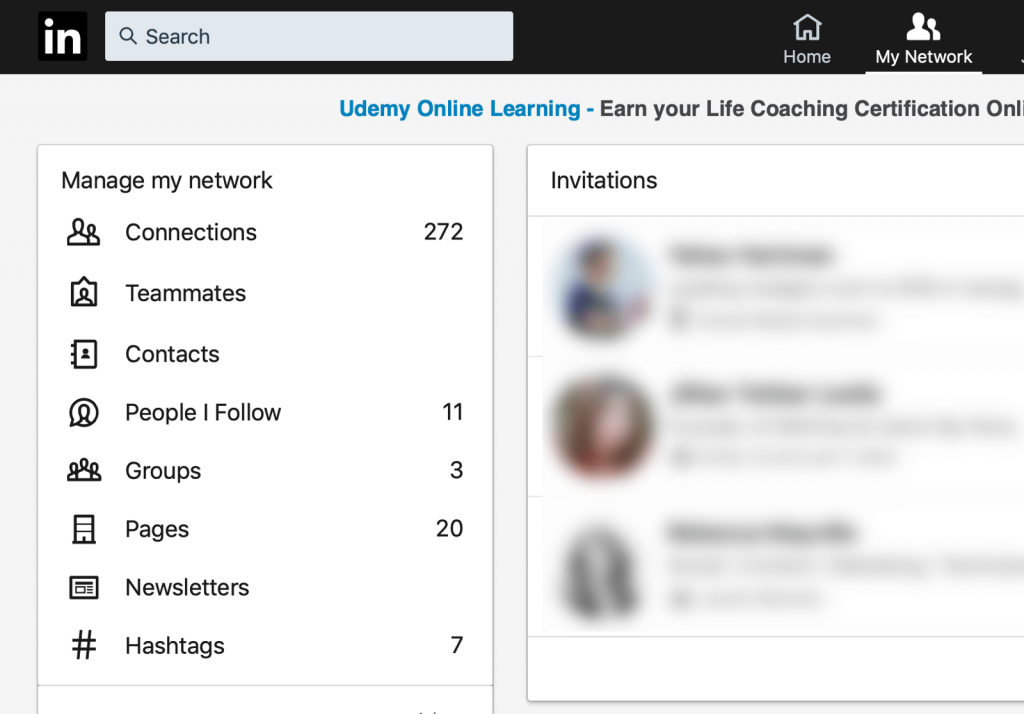
Source: blog.linkedin.com
6. Ask Employees for Content on Your Company LinkedIn Page
A reason many employee advocacy programs lose steam is due to a lack of enthusiasm from employees. It turns into a one-sided stream where marketing is continually asking them to share and comment. The initial excitement and engagement tends to fade away.
To ensure maximum participation, we encourage you to keep your brand advocates, and other employees engaged continuously. On LinkedIn, specifically, invite them to participate and collaborate on ideas with you.
Here are a few ideas to encourage employee participation on company LinkedIn Pages:
- Posts/ Updates: Highlight employees' roles, work culture, their day-to-day operations.
- SMEs: If your employees have domain expertise — interview them, and share the video interview through your company page.
- Team Events: Encourage them to share pictures from the latest team outings.
- Webinars: If one of your employees has delivered a webinar or speaking engagement, ask them for video content that you can share.
- Customer Feedback: Your support team will have numerous stories of happy interactions with customers. Encourage them to share the stories.
The goal of asking your employees for content and ideas is to give them a shared sense of purpose. Doing so will also boost workplace engagement. Otherwise, your LinkedIn Page will become another marketing initiative that employees will ignore.
7. Make it Easy to Share Content
Make it straightforward and easy for your employees to find the right content to share. Also, provide constant reminders if you have new and share-worthy content that you want their help promoting.
Here are just a few ideas on helping your employees with easy access:
- Email: Most employees are active in their email inbox. Some companies use it to communicate with employees and to share important company news.
- Company Intranet: Larger companies have a dedicated intranet where they house all company information, employee handbooks, and even content.
- Blog Notifications or Newsletters: Some companies encourage their employees to sign up for their company blog newsletter. Any time a new article is published, they are notified.
- Employee Advocacy Platform: A platform provides a centralized hub that’s dedicated to providing relevant content for employees and making it easy-to-share. Also, all of the content is pre-approved so employees can safely share the right posts to social media.
Whichever method you use to help your employees share to LinkedIn, has to be easily accessible, simple, and straightforward.
8. Email Newsletter with Content
We covered this briefly above. However, instead of sending your employee email notifications for each new blog post — send them a weekly digest of your most important content.
The benefit of an email digest is that it allows them to review it at their leisure, pick what's relevant to their audience, and then share.
Your email service provider, marketing automation and Intranet will allow you to create an email newsletter as well.
Here are a few things to consider when sending an email digest internally:
- Segmentation: Ideally, you want to separate the content by industry or role. For example, different sections for Sales, Engineering, and Marketing teams. Your employees will only share what's relevant to their roles and their audience.
- Shareable links: Social media integrations within the newsletter should make it easier for them to share on LinkedIn and other networks.
- Mobile-friendly: Studies have shown that the best times to post on LinkedIn are between 8 am and 12 pm. It's a time when most of your employees are on their daily commute. So your email digest should be easy to consume on mobile.
9. Distribute Content to Employees via Employee Communication Tool
Employee communications tools such as Microsoft Teams and Slack need no introduction. Slack has 12 million daily active users, and Microsoft Teams is used daily by over 115 million active users. They are both the most widely used collaboration platforms for various use cases — information sharing, project management, FAQs, SOPs, team discussions, etc.
Your employees are already on these platforms everyday. Hence, create a dedicated channel for share-worthy company content.
This channel can act as a hub where employees can find content, and also provide suggestions and feedback.
Suppose there is a particular piece of content that needs urgent exposure. In that case, you can reach out via Slack and ask your brand advocates and employees to share.
Like any communication channel, use this method with caution. You don't want to annoy your employees with multiple daily notifications.
10. Make it Easy for Them to Get Involved
Your employee advocacy program should not be a one-way street. It should never feel like a marketing-only initiative or feel silo’d. It’s a cross-organization initiative which involves everyone.
Any program’s success increases when there is participation from all parties involved — the marketing team, leadership team, brand advocates, and all other employees.
Provide an environment where your employees feel confident and comfortable to share ideas with you. Collect feedback from them both at training sessions, in-person meetings, or online surveys.
Always remind them of the value when sharing on LinkedIn both for the company and them individually. The same applies to content ideas and content creation. Encourage your employees to come up with content ideas that you can implement and get them involved.
Final Thoughts
The benefits of an employee advocacy program where your employees share content on LinkedIn are many such as increased brand awareness, more and higher-quality leads, thought leadership and more.
However, these reasons alone are not enough to convince your leadership team or the rest of your employees to get involved enthusiastically. You have to demonstrate and educate the professional and personal benefits to each employee. That is the first step in getting more of your employees to share your content on LinkedIn.
Next, implement the many strategies that we have discussed in this article. By creating relevant content, getting your employees involved, and leveraging LinkedIn features — your company can realize the many benefits of content amplification on LinkedIn.
To learn more about enabling employee advocates to share content on social networks like LinkedIn, check out the Blueprint to Employee Advocacy.

